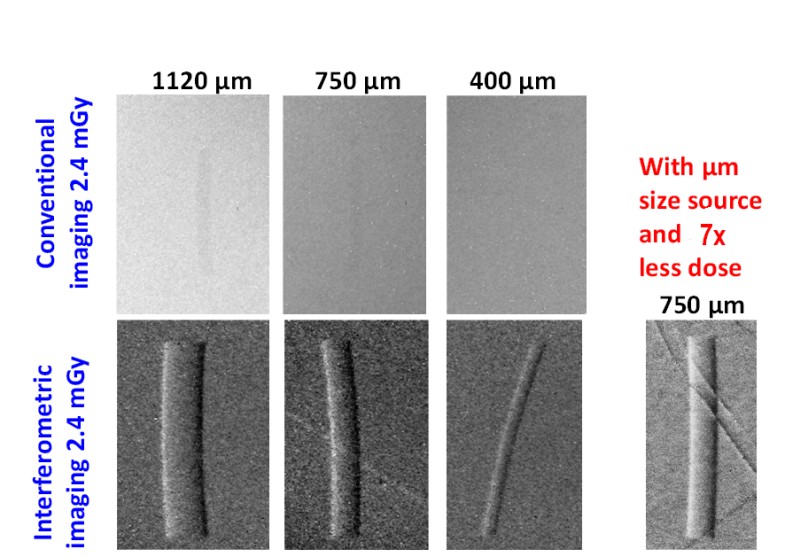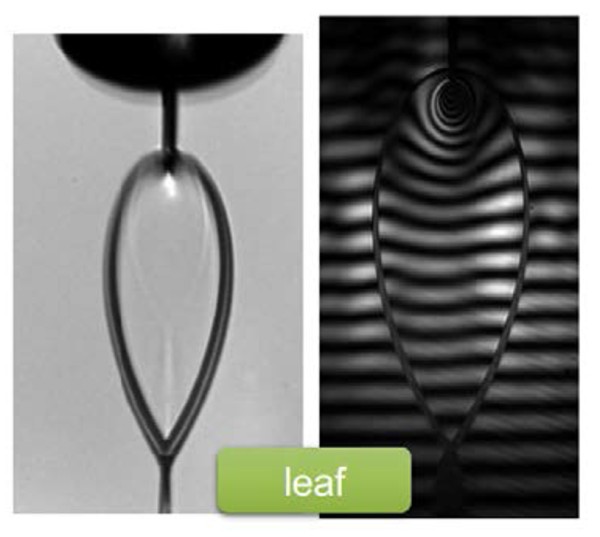Cancer radiotherapy with laser accelerated ions
Due to the sharply localized dose deposition possible with high energy ions (e.g., 100s of MeV/u C-ions), and to their high cancer killing power, ion therapy is one of most benefic cancer treatment modalities. At the same time, therapeutic ions are very expensive and difficult to produce with conventional accelerators, in particular with the ultrahigh dose rate (UHDR) and the high dose per pulse required for the FLASH effect. 10 PW class lasers could produce therapeutic doses of ions at reduced cost and complexity, and with ultrahigh dose rate. The picture shows the number of C-ions accelerated in the 100±5 MeV/u band (an energy sufficient to penetrate e.g., the human breast) as a function of foil thickness for 5 and 10 PW lasers, computed through 2D/q3D PIC simulations at the ELI-NP Theory and Simulation group.



